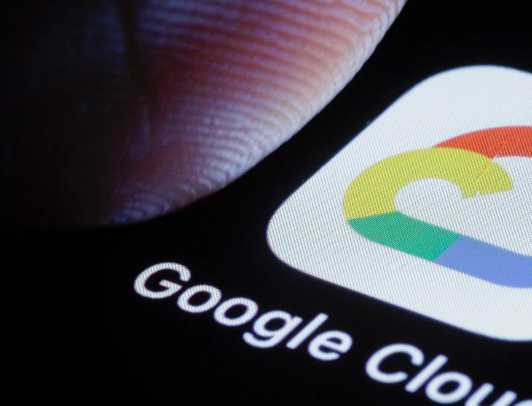Mountain View / New York / Bengaluru — A mass outage at Google Cloud had a domino effect on June 12, affecting millions of users worldwide. Key platforms such as Spotify, Discord, Google Meet, Gmail, Snapchat, and Cloudflare services faced disruptions that continued for hours, showcasing the extent of cloud infrastructure reliance.
???? Timeline of the Outage
Outage tracking site Downdetector began seeing massive spikes in user reports shortly after midday ET:
- 10,000+ reports of Google Cloud issues
- 44,000+ reports for Spotify users
- 8,000+ for Discord
- 4,000+ each for Google Meet and Search
- 3,500+ for Snapchatksl.com
Some platforms, including YouTube, Twitch, GitHub, Replit, and OpenAI’s services, were also disrupted, given their reliance on Google Cloud and related infrastructure.
Global Impact & User Experience
Users in North America, Europe, and Asia experienced login failures, app crashes, lost connections, and sluggish service responses. Spotify streams were paused by Spotify users, Discord users could no longer access voice or chat services, and Google’s productivity suite also broke momentarily.
A Cloudflare representative said some of its offerings were impacted because they rely on Google Cloud, though the firm quickly moved to bring services back online for the duration of the outage window.
Google Responds With Partial Fix and Investigation
Google Cloud engineers isolated the cause by early afternoon and started deploying mitigations. As per Google’s status dashboard:
“We have identified the underlying cause and put in place appropriate mitigations… recovery is under way”
The firm acknowledged partial restoration of service had commenced in most areas, although no formal timeline for total resolution was issued.
Market Fallout
The outage caused a small 1% decline in Google shares, with Cloudflare suffering a close to 5% drop in after-hours trading—illustrating investor concern regarding tech infrastructure interdependence
businessinsider.com.
Though numerous services returned to operation within hours, the outage prompted renewed concerns about contingency planning and resilience across mega-scale cloud operations.
Industry-Wide Alarm and Reliance Unveiled
The outage highlights how heavily digital services depend upon large cloud providers. Two hours and 28 minutes of downtime, reported by Cloudflare, not only affected user-confronting services but also backend infrastructure for UPS, Microsoft Azure, DoorDash, Twitch, and more.
It also again brought forward discussion about the danger of centralized digital infrastructure. Experts said that the outage highlighted cascading vulnerabilities within vertical integrations among cloud providers and reliant platforms.
How It Went Down: Timeline of Events
Time\tEvent
~11:30 a.m. PT\tDowndetector raises alarm over spike in Google Cloud outage reports
~12–1 p.m. ET\tSpotify, Discord, Google services exhibit significant disruptions
~3 p.m. ET\tGoogle verifies root cause found; recovery initiates
Evening\tServices mostly restored online; internal probes ongoing
???? Wider Implications
1. Cloud Risk Management Will Move to the Forefront
Firms might accelerate backup plans, such as multi-cloud deployment and on-premise redundancy, in order to prevent single-point failures.
- 2. Regulatory and Compliance Spotlight
The outage might attract regulators’ attention looking into cloud reliability, data sovereignty, and customer protection in large-scale outages. - 3. Brand & Trust Resilience
Although Google’s openness in informing and repairing the problem was helpful, the extent and severity of the outage might bolster enterprise customers’ feelings of exposure.
What’s Next?
Last investigation report: Due in several weeks to share light on cause origin and remedial steps.
System redesigns: Expected improvements on storage redundancy, traffic redirection, and cross-region failover support.
Industry response: Look for cloud providers and customers to revisit SLAs and risk reviews.
Bottom Line:
The June 12 outage serves as a stark reminder of cloud vulnerability—however strong the infrastructure looks. To users and businesses, it underscores the imperative of fault-tolerant design, failure readiness, and enhanced provider responsibility.
